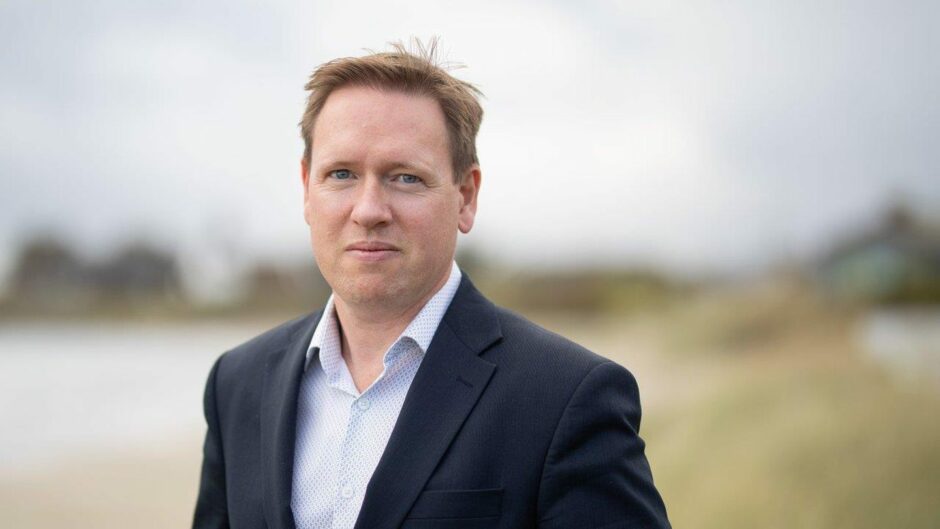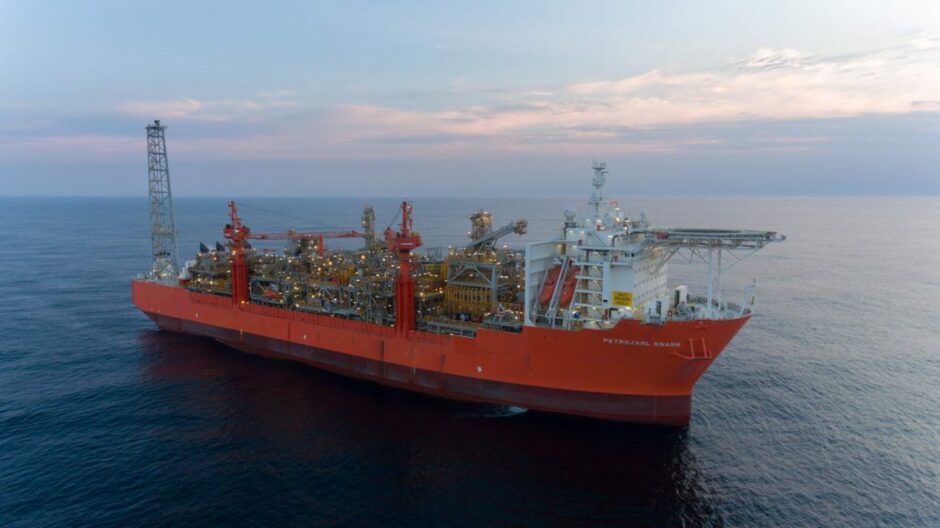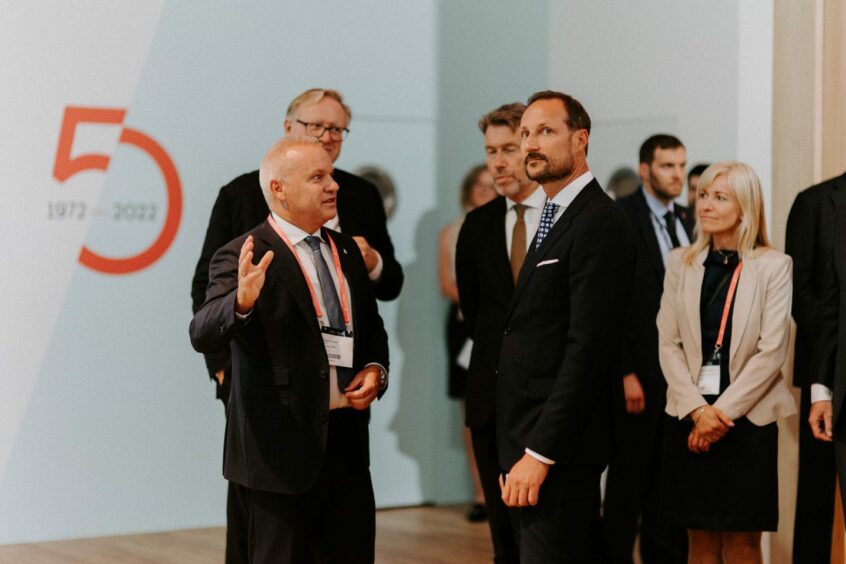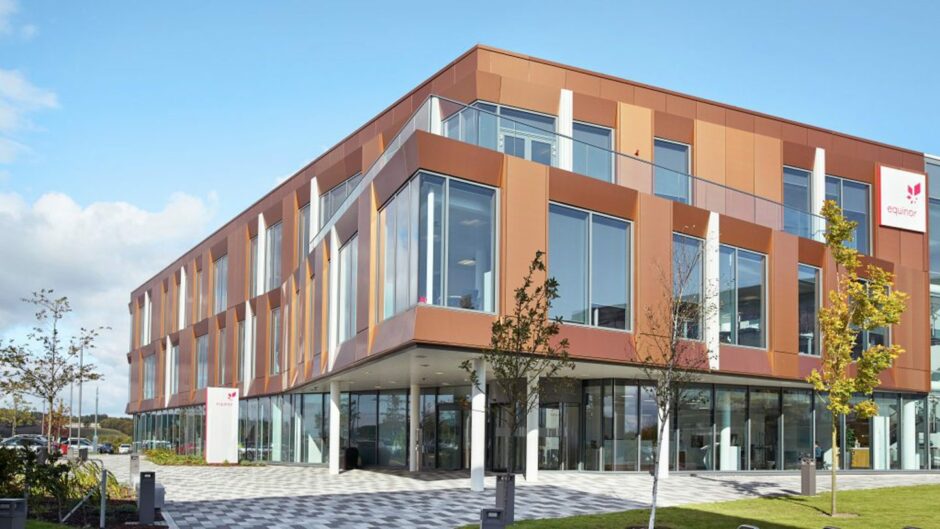
Equinor is hoping its £8 billion Rosebank project can “trigger” wider electrification across the West of Shetland region.
The Norwegian oil giant is heading towards a key final investment decision (FID) early next year on the development, which includes finding a way to drastically cut emissions.
Al Cook, executive vice president for Exploration and Production International, told Energy Voice the firm is in “very active discussions” with other operators around the Shetlands about a “broader development of electrification” in the region.
“There’s two parts to it: The first is what’s best for Rosebank – and we are openly ambitious about electrifying Rosebank as soon as we can.
“But we also ask what would trigger electrification of West of Shetland. What can we do for the region? How can Rosebank be a trigger, not just to electrify itself, but to electrify other fields West of Shetland?”
Unlike Norway, which has electrified oil and gas assets since the 1990s, the UK is yet to power any of its offshore installations with renewable electricity.
But to meet key emissions targets by 2030, operators wishing to continue production – or indeed bring new fields online – will be forced to deliver green power to offshore assets.
Part of the barrier is the cost, and operators have been searching for ways to share it out.
The opportunities are plentiful in the West of Shetland; alongside Rosebank, there’s the impending Cambo oil development with an “electrification-ready” production vessel, as well as the huge BP Clair field, which is still yet to reach FID on its third phase, Clair South.
‘We would love to see Rosebank electrify the region’
Speaking to EV at the ONS Conference in Stavanger last week, Mr Cook added: “This is what we’re good at.
“We’re sitting here in Norway, where any new fields brought online have the expectation of electrification. Here we can see how it works, we can see the effect it has, we can see the benefit it has.
“So we would like to bring that technology across to the UK as soon as we can.”
Cambo, the much reported-on oilfield partly owned by Shell, lies just 20 miles from Rosebank.
After a takeover deal last year for operator Siccar Point Energy, it is now majority owned and operated by Ithaca Energy; Equinor’s partner on the Mariner field east of Shetland.
Mr Cook said: “We would love to see Rosebank electrify the region and we would love to work together with operators like Ithaca on what that could look like.
“We’re very focused at the moment on getting Rosebank to a final investment decision early next year.
“So, fix Rosebank and then open up for the region.”
Equinor is yet to decide on the means of electrification for Rosebank, though it has said it will invest £80 million to make its chosen vessel – the Knarr floating production, storage and offloading unit (FPSO) – electrification ready.
Power from shore or a dedicated floating wind scheme are being considered.
Using lower-carbon electricity is expected to drastically slash the emissions intensity of the field to 3kg of CO2 per barrel of oil equivalent (boe), well below the UK benchmark of 20kg CO2/ boe in 2020.
Equinor on Rosebank FID: ‘Can we be confident in stability?’
Electrification isn’t the only challenge ahead of reaching FID; Rosebank is a complicated project which sat on the shelf for years before Chevron sold it to Equinor in 2018.
It is expected to create £8.1bn of investment, £6.3bn of which is “likely” to go to UK-based businesses according to Equinor.
Rosebank has previously been estimated to target 300 million barrels of oil, making it one of the largest untapped reserves in UK waters.
Alongside those challenges, political stability is another key question for the project reaching FID, Al Cook said, considering the recent imposition of the windfall tax on UK operators.
Asked about the impact of the levy, which provides investment incentives alongside a 25% increase in tax rate, Mr Cook said: “We respect the taxation policies but going forward, when we make huge investment decisions such as for Rosebank, the question we will ask is: Can we be confident in stability?
“The real question for us is: is it done, or will the volatility continue? We can measure the effects on our investments but what’s really key is that we have stability and certainty going forward.
“There’s an awful lot of conversation about you know what next? What if? What could it be? That’s unhelpful.”
Norway, Equinor’s back yard, has a higher rate of tax for oil and gas sector, but is seen as a “bedrock of stability” without sudden changes to the regime.
That’s crucial for the oil and gas sector, Mr Cook said, which has an investment cycle of “decades” while the “cycle of politics is months”.
Trust
It comes amid a debate around further oil and gas development; nearby Cambo was a major draw of headlines last year and a battleground for protestors seeking to prevent UK developments.
The International Energy Agency (IEA) last year said no new oil and gas should be developed if the world is to reach net zero by 2050, although the invasion of Ukraine and a global supply crunch has rejigged political priorities to securing energy supplies.
Asked about the IEA assessment, Mr Cook said: “For us it’s not about new oil and gas or old gas, it’s about better oil and gas.
“It’s a bit like me driving a polluting old banger of a car around and telling the world I’m not going to buy a new, more efficient car because I don’t buy new cars.
“I think it’s much better for the Earth’s atmosphere if we produce a cleaner barrel from a new field than a dirtier barrel from an old field. So, I don’t agree with this old versus new.
“What I do believe is that we must become as familiar with the carbon in energy as we are with the calories in our food. Rather than talk about new foods or old foods, we simply talk about how we get the energy we need with the least emissions possible.”

 © Supplied by Altera Infrastructur
© Supplied by Altera Infrastructur © Supplied by ONS/Line Owren Fotog
© Supplied by ONS/Line Owren Fotog © Supplied by Equinor
© Supplied by Equinor